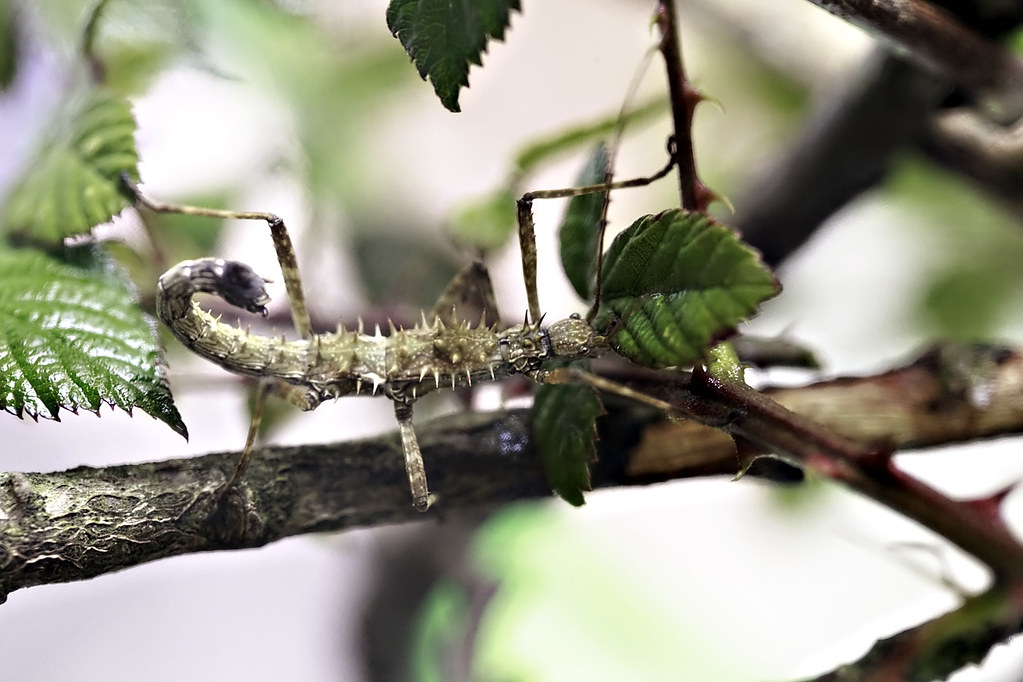
In the fascinating realm of insect husbandry, stick insects stand as remarkable exemplars of evolutionary adaptation. These extraordinary creatures, scientifically known as Phasmatodea, have perfected the art of disguise through millions of years of natural selection. When kept in captivity, their camouflage abilities continue to astonish and delight keepers worldwide. This remarkable defensive strategy—evolving to mimic twigs, leaves, and bark—has allowed stick insects to survive predation in the wild and presents unique considerations for captive care. Their ability to blend seamlessly into their surroundings makes them not only successful survivors but also captivating subjects for observation and study in home terrariums.
The Evolutionary Marvel of Stick Insect Camouflage

Stick insects have evolved their remarkable camouflage abilities over approximately 300 million years, perfecting what scientists call crypsis—the ability to avoid detection by blending with surroundings. Their entire body structure has adapted to mimic plant parts with extraordinary precision, from elongated, twig-like bodies to leaf-shaped appendages. This evolutionary adaptation occurred primarily as a defense against visual predators like birds and reptiles, creating selective pressure for increasingly convincing disguises. The success of this strategy is evidenced by the 3,000+ species of stick insects found worldwide today, each with specialized camouflage suited to their native habitats.
Physical Adaptations That Perfect Their Disguise
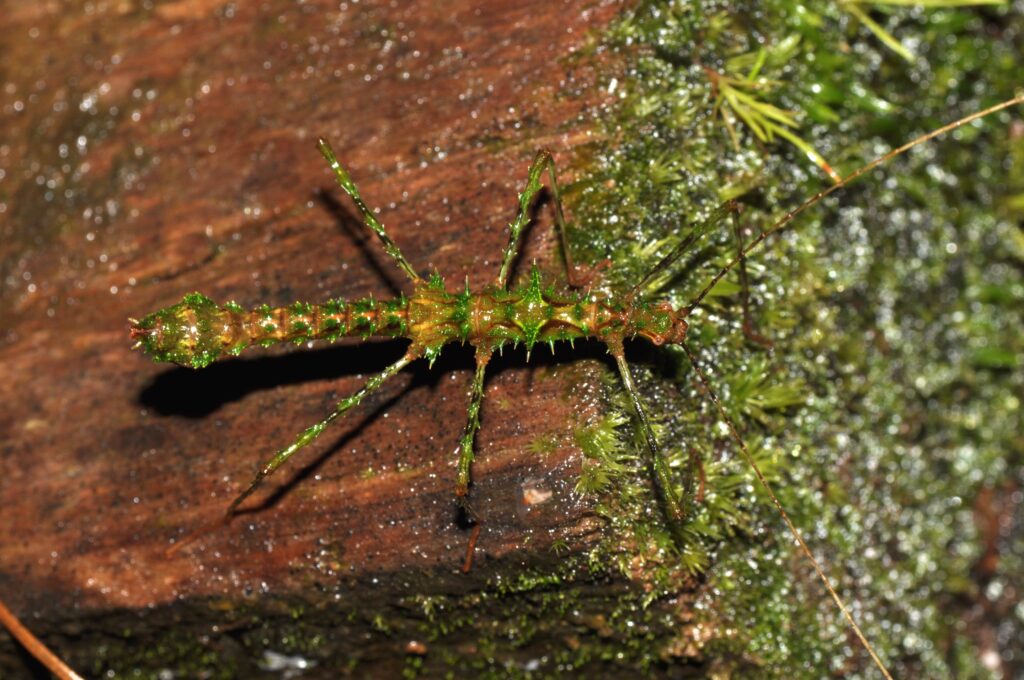
Stick insects possess an impressive array of physical adaptations that enhance their camouflage capabilities even in captive settings. Their exoskeletons often feature irregular textures, bumps, and ridges that mimic the bark patterns and natural imperfections found on real twigs and branches. Many species have developed leaf-like extensions on their legs and abdomens, complete with authentic-looking veins and occasionally even mock damage marks that resemble insect bites. Color polymorphism allows some species to appear in various shades of brown, green, or gray, sometimes changing hues during different life stages or to match seasonal vegetation changes. Perhaps most impressively, some stick insects have evolved flattened bodies to eliminate shadows they might cast, further enhancing their disguise against even the most observant predators.
Behavioral Components of Stick Insect Camouflage
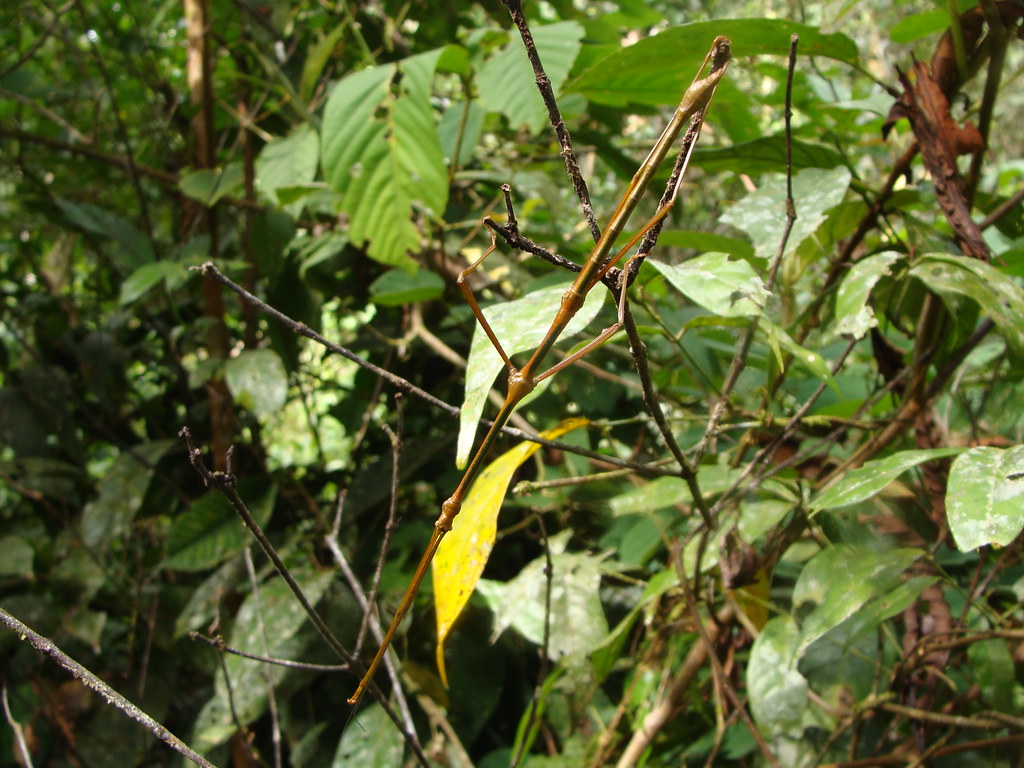
Beyond physical adaptations, stick insects employ sophisticated behavioral tactics that complete their disguise, which they maintain even in captivity. When threatened, most species become completely motionless, sometimes for hours, swaying gently only to mimic a twig moving in a breeze. Many species are nocturnal, feeding and moving primarily at night when their visual camouflage is further enhanced by darkness. During daylight hours, they position themselves strategically along branches, often aligning their bodies parallel to stems to maximize their resemblance to plant parts. Some species have even developed specialized resting postures—extending their front legs forward alongside their antennae or tucking limbs close to their bodies—to eliminate silhouettes that might give away their presence.
Species-Specific Camouflage Specializations
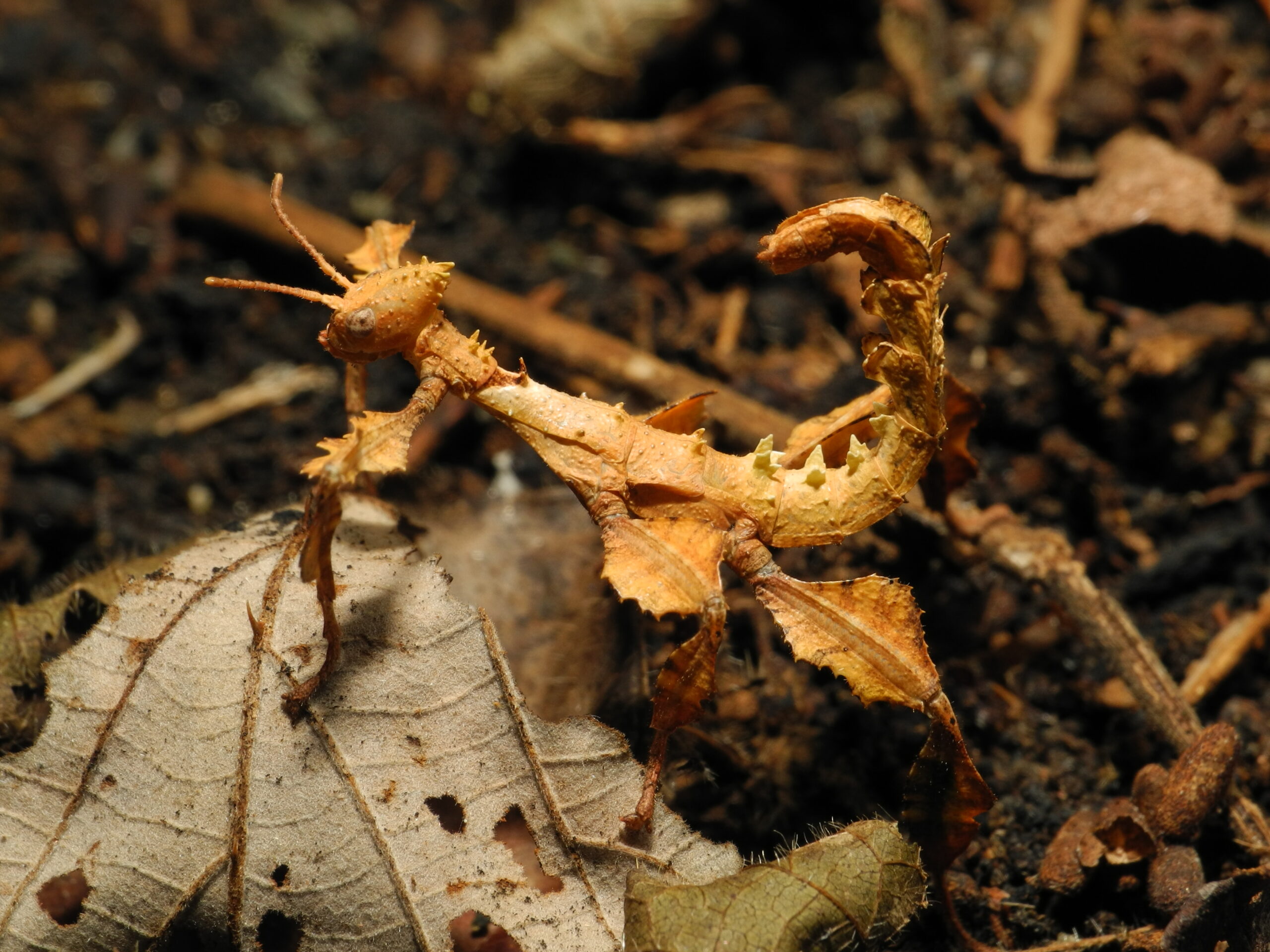
Different stick insect species have evolved distinctive camouflage techniques suited to their native environments, which they maintain when kept in captivity. The Indian stick insect (Carausius morosus) displays a brown or green coloration that helps it blend with woody stems and leaves, making it nearly invisible when placed on appropriate plants. The Giant Prickly stick insect (Extatosoma tiaratum) from Australia mimics dead, curled leaves with remarkable accuracy, complete with leaf-like flanges and a textured body that resembles leaf veins. The Thorny stick insect (Aretaon asperrimus) from Borneo is covered in spines and tubercles that break up its outline and mimic branches with thorns or buds. The Walking Leaf insect (Phyllium species) represents perhaps the most extreme specialization, with a body completely flattened and colored to resemble a living leaf, complete with leaf-like venation patterns and edges that appear to show signs of decay.
Setting Up Enclosures to Complement Camouflage

Creating an appropriate terrarium that enhances a stick insect’s natural camouflage requires thoughtful design considerations. The enclosure should feature plant species that match the insect’s natural camouflage adaptations—providing brown, woody branches for twig-mimicking species or leafy plants for leaf mimics. Substrate choices should reflect natural environments, with options like coconut fiber, moss, or leaf litter that allow camouflaged insects to blend in if they fall to the ground. Background materials inside the terrarium walls can be selected in colors and textures that don’t contrast sharply with the insects, making observation a rewarding challenge. Lighting should be adjusted to create natural shadows and dappled effects that further enhance the effectiveness of the insect’s camouflage, mimicking their natural forest habitat conditions.
The Challenge of Finding Camouflaged Stick Insects

Locating stick insects in a well-designed captive environment can become surprisingly difficult, presenting a unique challenge for keepers. Many enthusiasts report “losing” their pets in plain sight, only to discover them hiding in obvious locations after careful searching. First-time keepers are often astounded by how effectively stick insects can disappear even in the limited confines of a terrarium, sometimes requiring patience and systematic scanning of each branch and leaf. This challenge intensifies when housing multiple specimens, as their tendency to remain motionless makes counting and monitoring individuals particularly difficult. The camouflage efficacy serves as an educational demonstration of evolutionary adaptation, offering keepers a firsthand experience of how these insects evade predators in the wild.
Feeding Behaviors and Camouflage Maintenance
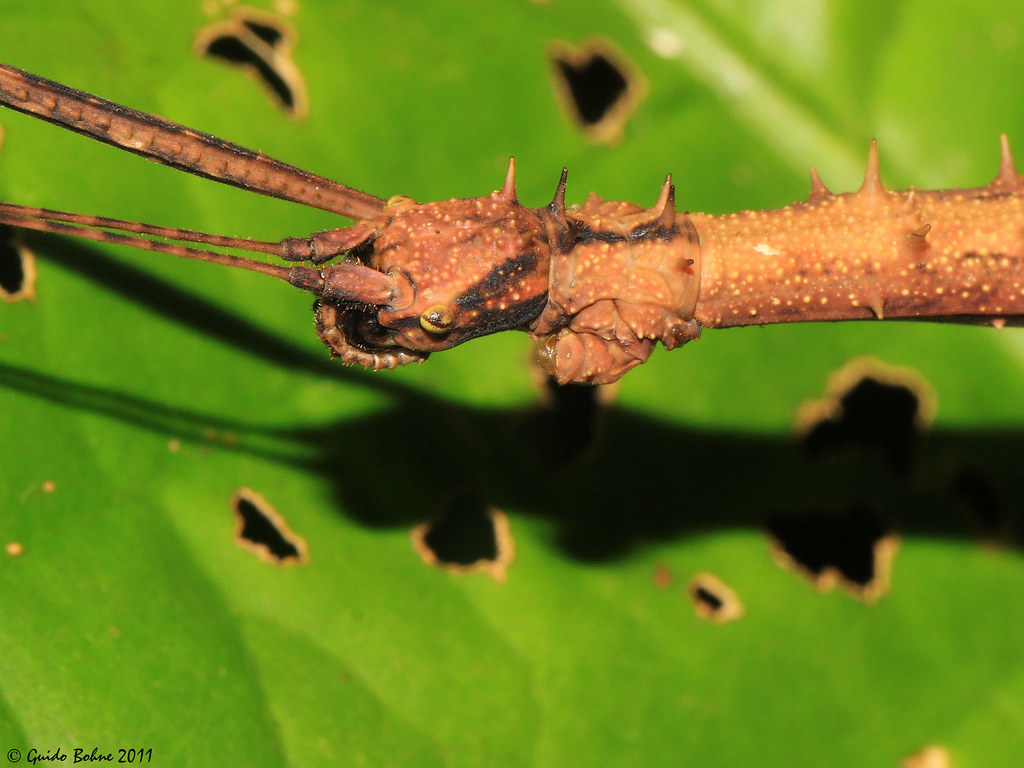
Stick insects continue their camouflage strategies during feeding, which presents interesting observations for captive keepers. Most species feed primarily at night, moving slowly and deliberately to browse on foliage while visual predators are less active. During feeding, they often maintain their disguise by moving only parts of their body at a time, keeping their overall silhouette stick-like even while their mouthparts are active. Their eating patterns sometimes enhance their disguise, as they create irregular edges on leaves that help them blend in better with naturally damaged foliage. After molting, many stick insects will consume their shed exoskeleton, not only to recycle nutrients but also to remove evidence that might attract predators—a behavior they maintain even in predator-free captive environments.
Reproduction and Camouflage Inheritance
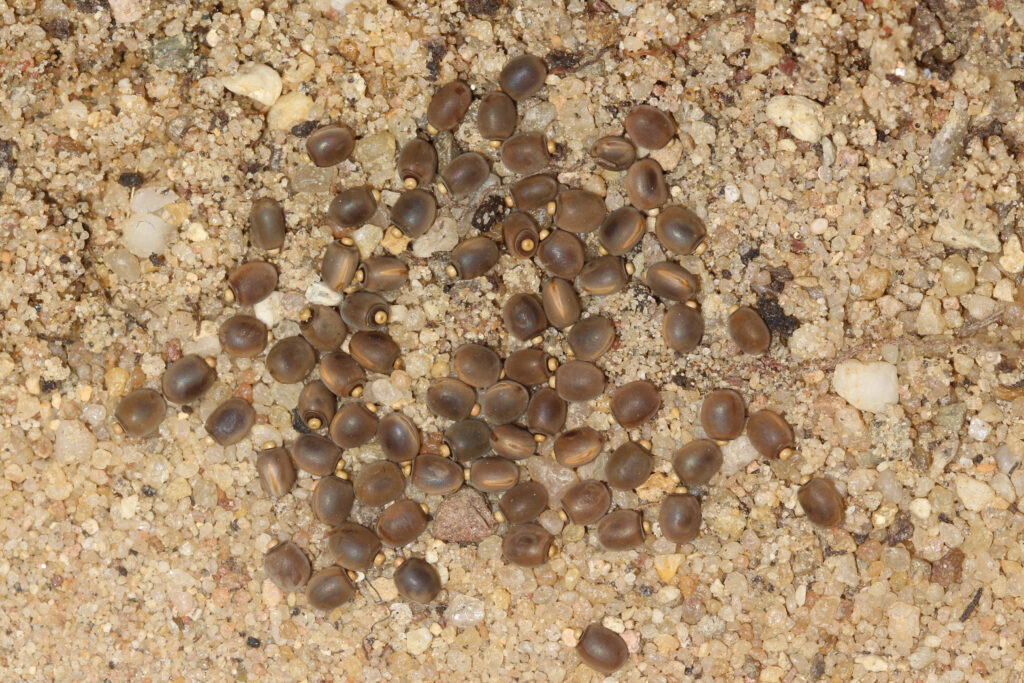
The camouflage characteristics of stick insects are genetically inherited, with fascinating implications for captive breeding programs. Female stick insects often produce eggs that themselves are camouflaged to resemble plant seeds, complete with specialized structures called capitula that attract ants to disperse them, further protecting their offspring. When breeding different color morphs or species with varying camouflage adaptations, the offspring may exhibit intermediate or combined camouflage features, sometimes resulting in unique patterns not seen in wild populations. Parthenogenesis—reproduction without mating—is common in many stick insect species, allowing females to produce genetically identical offspring that share their precise camouflage adaptations. Careful selective breeding in captivity can emphasize particularly effective or attractive camouflage traits, though ethical considerations regarding genetic diversity should always be prioritized.
Captive Care Challenges Related to Camouflage
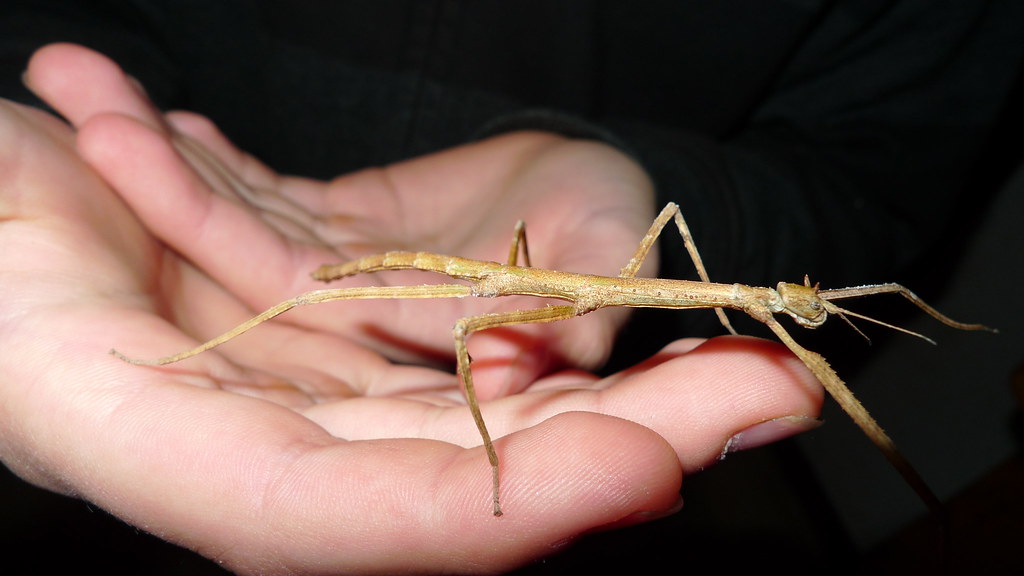
A stick insect’s remarkable camouflage abilities create unique husbandry challenges that keepers must address for successful care. Health monitoring becomes difficult when animals are nearly invisible, requiring keepers to develop observational skills and routines that help identify potential problems despite the camouflage. During cleaning and maintenance, extreme care must be taken to avoid accidentally discarding or injuring insects that might be clinging to removed plant material or debris. Many keepers develop systems for temporarily housing their insects during major enclosure maintenance, using careful counting procedures to ensure all specimens are accounted for before and after cleaning. For breeding purposes, keepers must systematically search substrate materials for the tiny, seed-like eggs that are often camouflaged among similar-looking terrarium materials.
The Educational Value of Camouflaged Captives
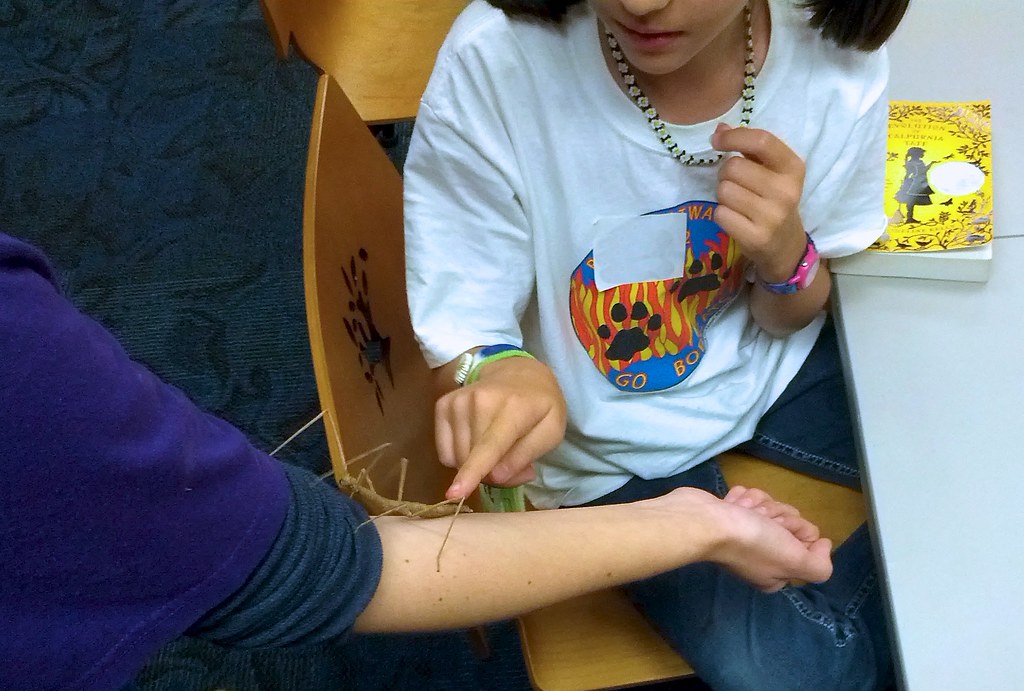
Keeping camouflaged stick insects offers exceptional educational opportunities for enthusiasts of all ages. These living demonstrations of evolutionary adaptation provide tangible examples of natural selection at work, allowing observers to understand complex biological principles through direct experience. Teachers and educational programs frequently utilize stick insects specifically because their camouflage offers an engaging starting point for discussions about predator-prey relationships, adaptation, and biodiversity. Children develop enhanced observation skills and patience while searching for well-disguised insects, learning to spot subtle differences between actual plant material and the insects mimicking it. For photography enthusiasts, documenting these masters of disguise presents a challenging subject that requires advanced techniques to reveal the subtle details of their camouflage against natural backgrounds.
Predators and Camouflage Effectiveness
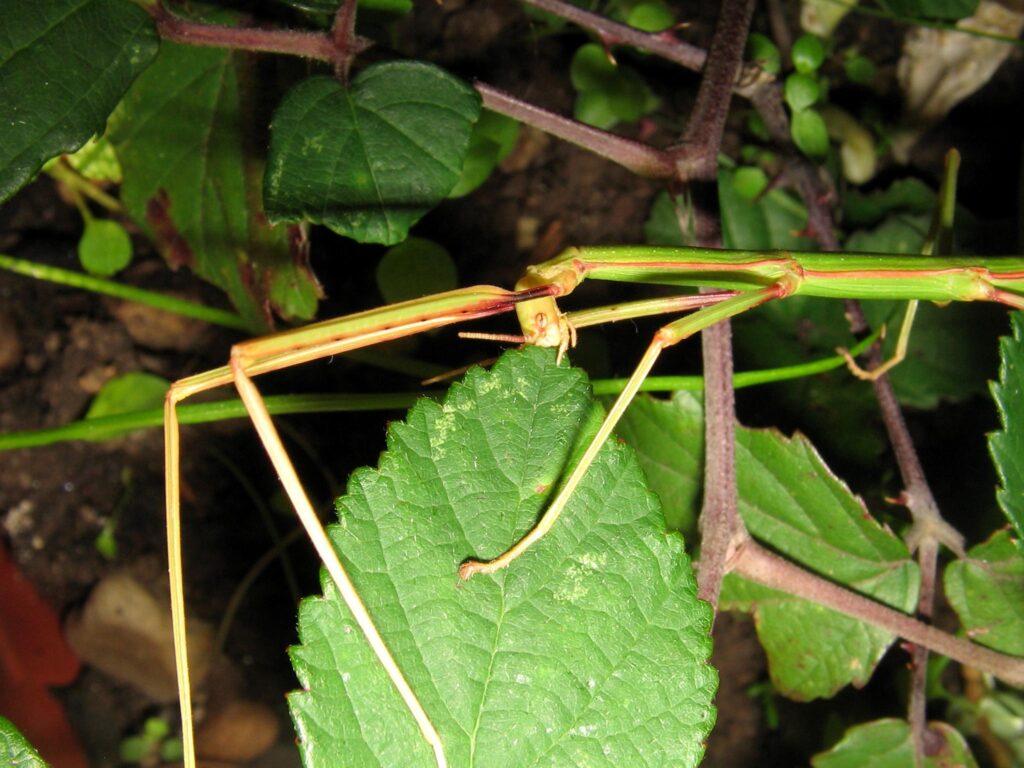
Even the most effective camouflage has limitations, which becomes apparent when studying predator interactions with stick insects in captivity. Certain specialized predators like some birds and reptiles have evolved enhanced visual capabilities specifically to detect camouflaged prey, sometimes identifying stick insects through subtle movement cues. In captive settings where multiple stick insects are housed together, their camouflage may become less effective due to the increased likelihood of movement attracting attention to their location. Interestingly, some predators detect prey through non-visual cues such as scent, which means stick insects may remain vulnerable despite perfect visual camouflage. Keepers observing these dynamics gain insight into the evolutionary arms race between predator detection abilities and prey camouflage techniques.
Photography Techniques for Capturing Camouflaged Specimens

Photographing stick insects presents unique challenges that require specialized techniques to effectively document these masters of disguise. Macro photography with controlled lighting helps reveal the subtle textures and adaptations that make their camouflage so effective, often exposing details invisible to the naked eye. Using contrasting backgrounds can help highlight the insect’s form while demonstrating how effectively they blend into their natural surroundings when properly placed. Focus stacking—combining multiple images taken at different focus points—allows photographers to capture the entire insect in sharp detail despite their three-dimensional form and the limited depth of field in close-up photography. Time-lapse photography proves particularly valuable for documenting behaviors that enhance camouflage, such as their characteristic swaying motion or strategic repositioning to maximize their disguise throughout the day.
Conservation Implications of Camouflage Adaptations
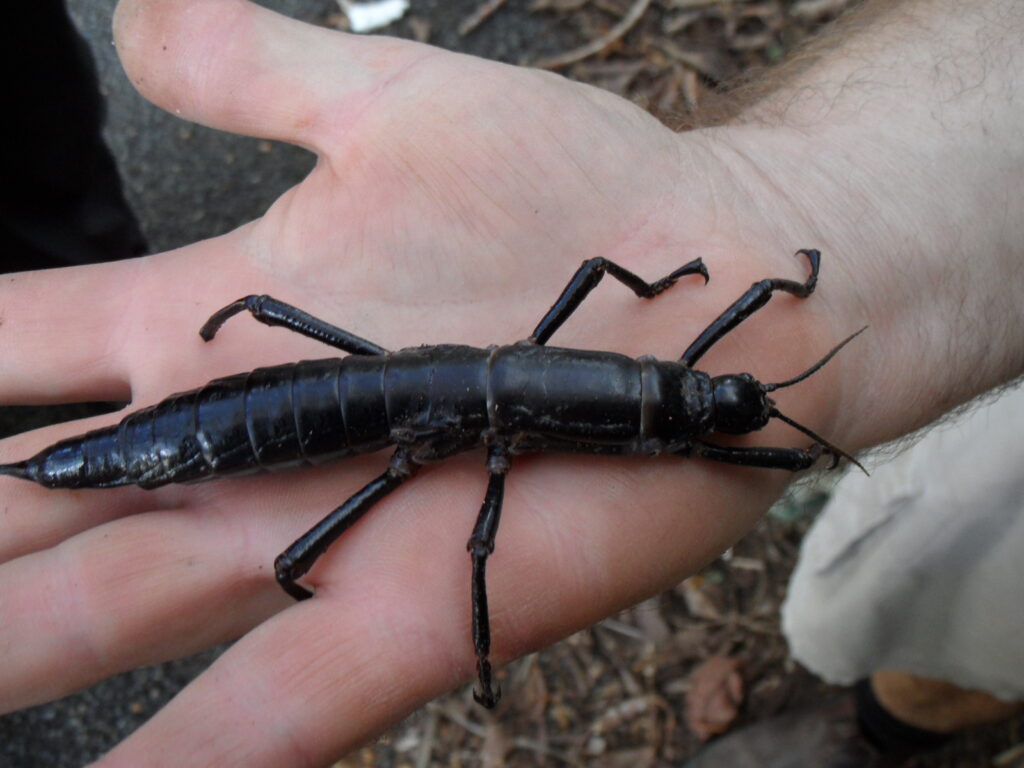
The specialized camouflage adaptations of stick insects have significant implications for their conservation status and protection. Many species remain undiscovered or poorly studied precisely because their exceptional camouflage makes field identification extremely challenging, potentially hiding declining populations until they’re critically endangered. Climate change poses a unique threat to these insects, as shifts in vegetation patterns may create mismatches between their evolved camouflage and available habitats, rendering their disguises less effective. Captive breeding programs serve as important insurance against extinction, maintaining genetic diversity of unique camouflage adaptations that might otherwise be lost. Responsible captive care by informed enthusiasts contributes to conservation efforts by reducing demand for wild-caught specimens and increasing understanding of these remarkable insects and their specialized adaptations.
Conclusion
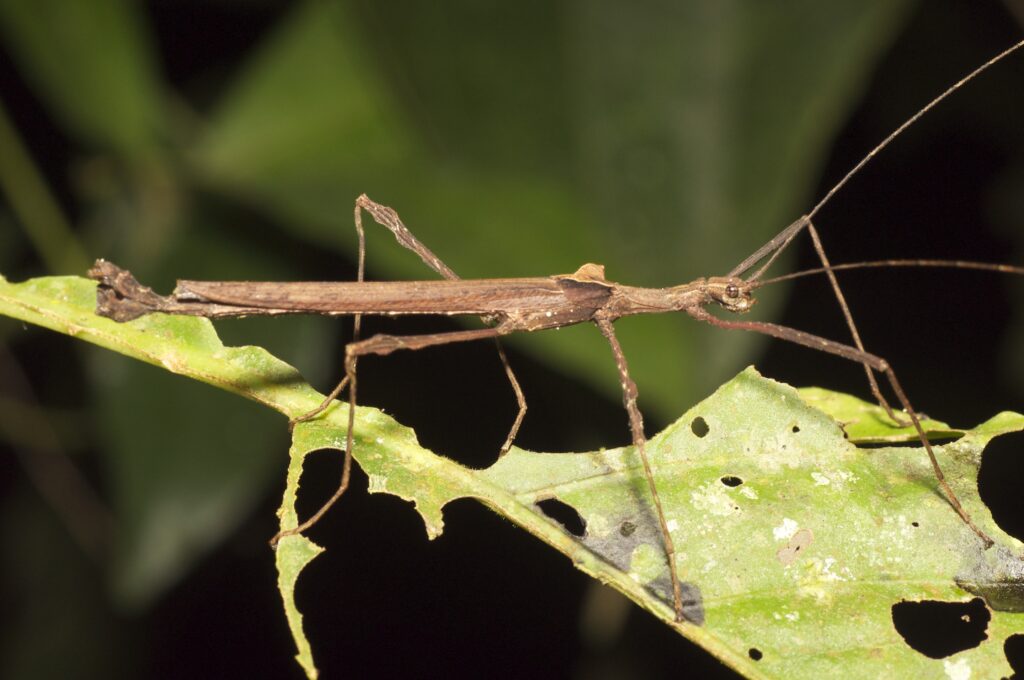
Stick insects represent one of nature’s most elegant solutions to the challenge of survival through invisibility. Their mastery of camouflage—maintained even in captivity—offers keepers a window into evolutionary processes and specialized adaptation. From their physically modified bodies to their strategic behaviors, every aspect of these insects has been shaped to create perfect disguise. For captive keepers, this presents both challenges and rewards: the difficulty of monitoring nearly invisible pets balanced against the delight of witnessing such remarkable adaptation firsthand. As we continue to study and maintain these fascinating creatures in captivity, we gain not only appreciation for their evolutionary journey but also important insights into conservation and the delicate balance of predator-prey relationships that have shaped our natural world.

